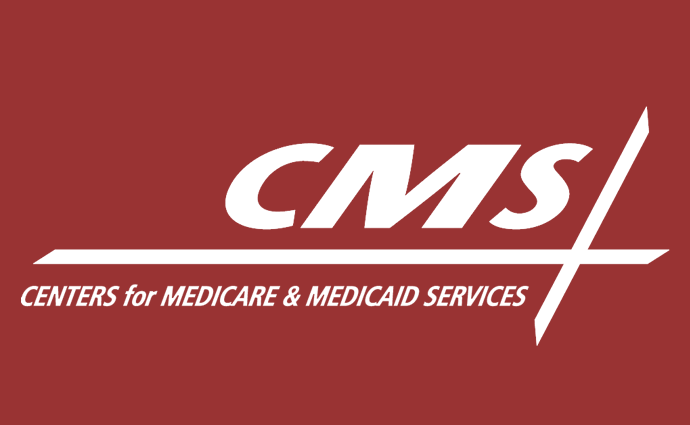CMS Says 8.2M Americans Enrolled on ACA Federal Exchange for 2021
Enrollment increased 6.6 percent over 2020 open enrollment on the Affordable Care Act federal exchange.

Source: CMS logo
- CMS has released preliminary data on the 2021 federal open enrollment season, which saw 8.2 million people select health plans on the Affordable Care Act federal exchange.
“Annual enrollment data shows that the Trump Administration’s focus on delivering more choices along with a smooth and streamlined consumer experience continues to drive strong enrollment,” CMS Administrator Seema Verma said in the press release.
“We’ve opened more pathways to enroll by taking advantage of private sector and people are clearly finding the coverage they need at this critical time. Congratulations to the CMS team for all their hard work in bringing another Open Enrollment Period to a successful conclusion.”
The enrollment level is only slightly lower than the 2020 open enrollment season’s 8.3 million enrollment, even though there are fewer states on the federal exchange. Year-over-year plan selection trends rose by 6.6 percent from 2020, similar to its increase from 2019 (6.3 percent).
This year, New Jersey and Pennsylvania joined 12 states and the District of Columbia in shifting to a state-based platform for their state-based exchanges.
Average benchmark premiums have been declining for the past three years, CMS noted. States have seen an average premium reduction of eight percent on the federal platform since coverage year 2018.
Premium declines varied widely by state, with four states seeing double-digit decreases in benchmark plans for 27-year-olds while other states had premiums that remained 36 percent higher than 2017 premiums.
Additionally, more payers have entered the Affordable Care Act exchanges for the third year in a row, offering enrollees a broader range of options.
After a rocky start, payers have slowly joined the exchanges, with states seeing an 11 percent increase in payer participation compared to 2020 and a 20 percent increase over payer participation in 2019.
As a result, states saw a significant decrease in bare counties. Ten percent of counties had only one payer option available for 2021 open enrollment. In contrast, 56 percent of counties had only one payer option available during 2018 open enrollment.
CMS noted that there were more resources available to consumers this year. Almost 50,000 licensed agents and brokers registered with the Exchange to support consumer enrollment.
"These updates provided content that guided consumers and enabled enrollees to easily access and understand information they may have needed to make informed choices about coverage,” the press release noted.
The agency used five maintenance hours for Healthcare.gov during the entire open enrollment period. The online waiting room did not need to be used towards the end of open enrollment despite the high volume of site visitors.
Additionally, the call center achieved a 90 percent consumer satisfaction rate for the fourth consecutive year.
Final enrollment data will be realized in January 2021.
The Affordable Care Act exchange’s enrollment has been unique due to the coronavirus pandemic. Many Americans lost employer-sponsored health insurance due to the economic downturn, resulting in some churn between employer-sponsored health plans, Medicaid, and the Affordable Care Act exchange.
Some conflict arose around whether to open special enrollment periods on the federal exchange.
Nineteen states run their exchanges on a platform separate from the federal platform, healthcare.gov, and 11 of these—plus the District of Columbia—decided to extend special enrollment periods during the pandemic in the first month of the pandemic.
The administration decided not to open a special enrollment period for the federal exchange when the pandemic hit in early 2020.
Additionally, at the beginning of December 2020, CMS released a proposal that would reduce federal exchange user fees with the aim of diminishing Affordable Care Act premiums.
